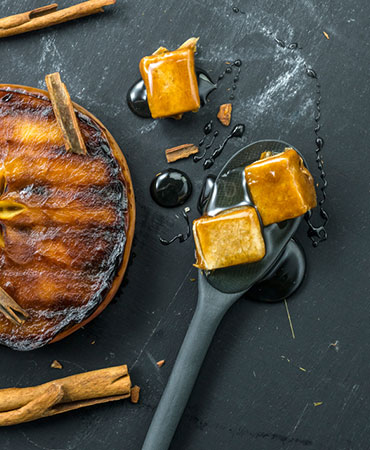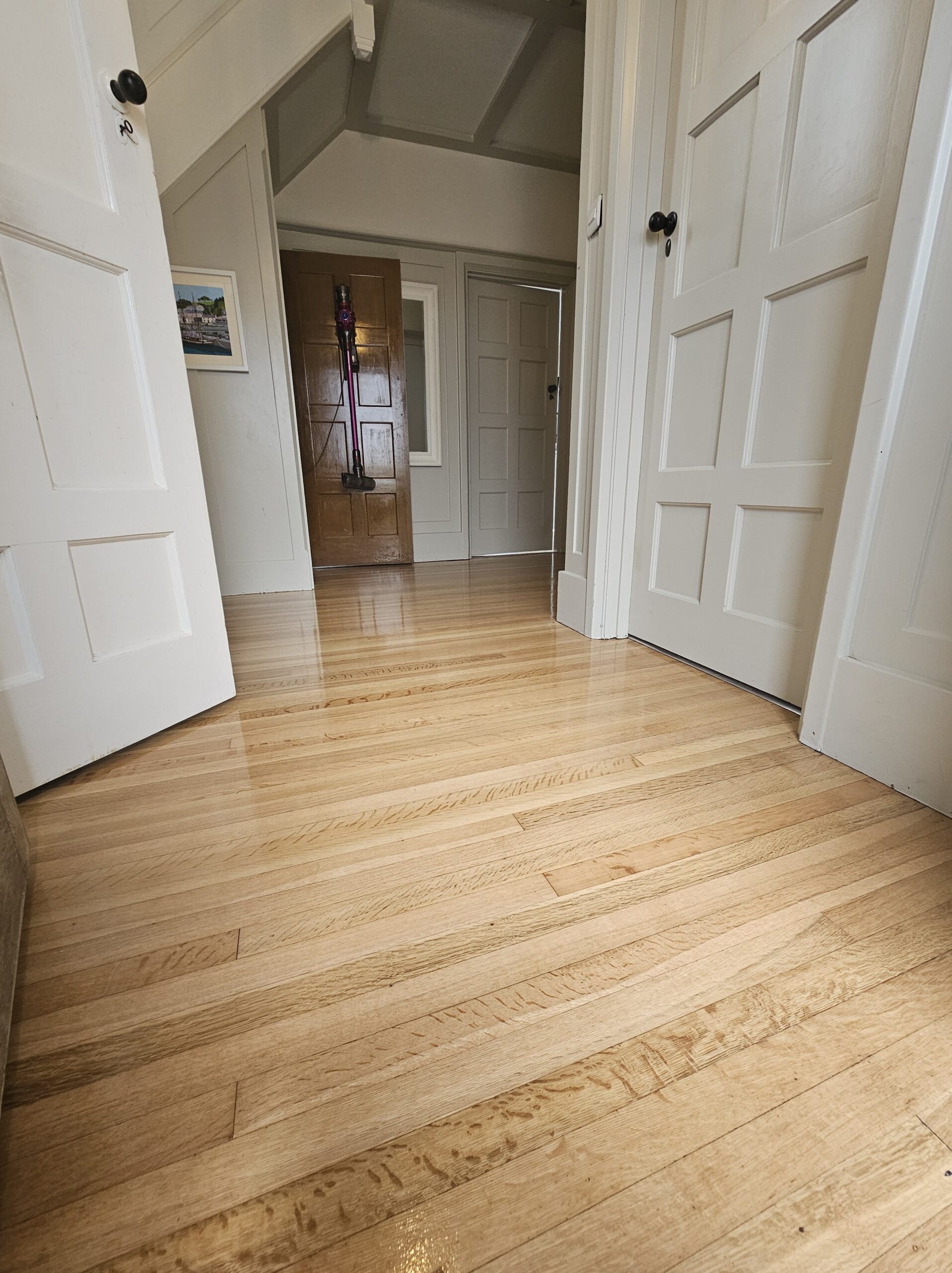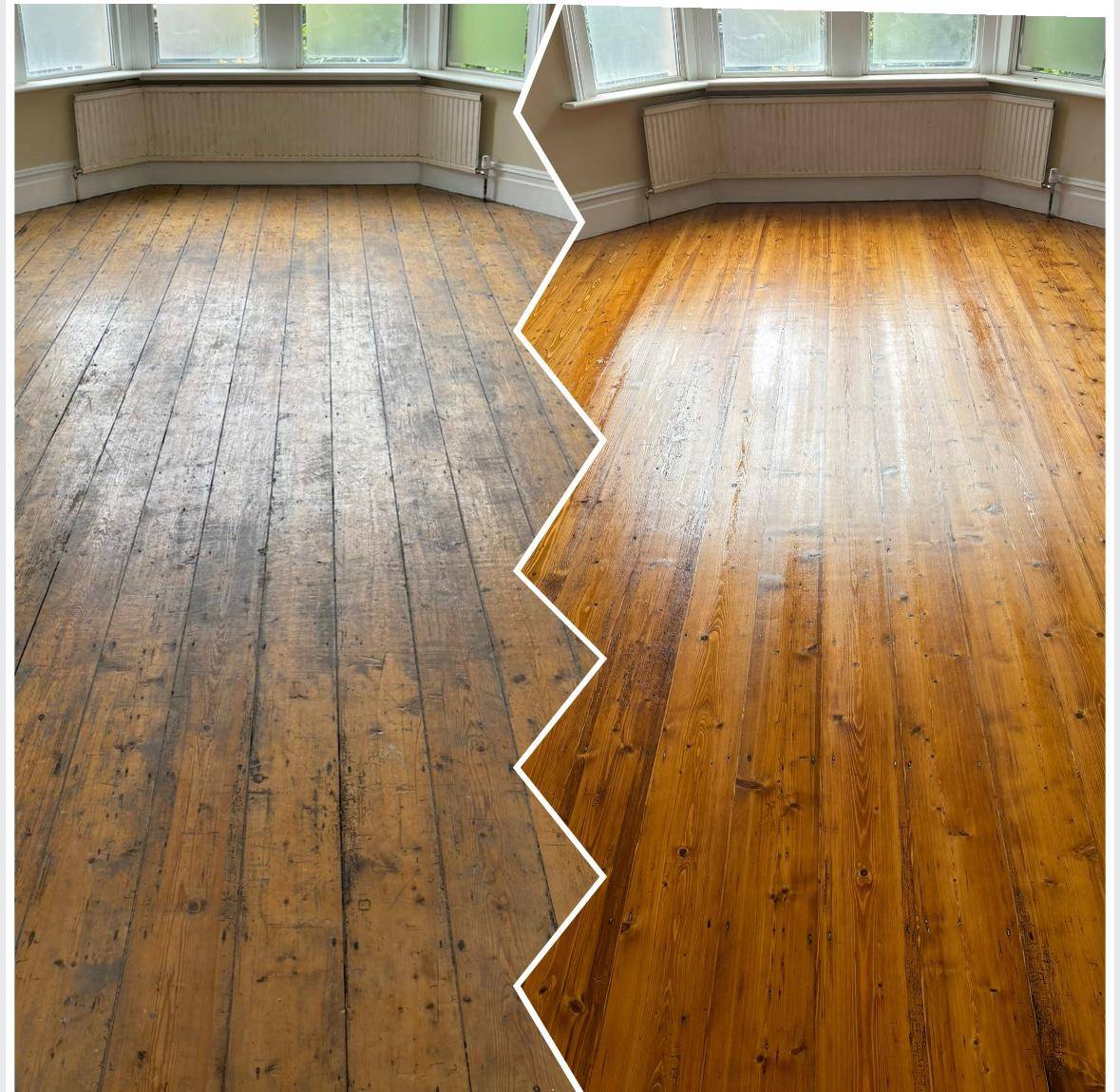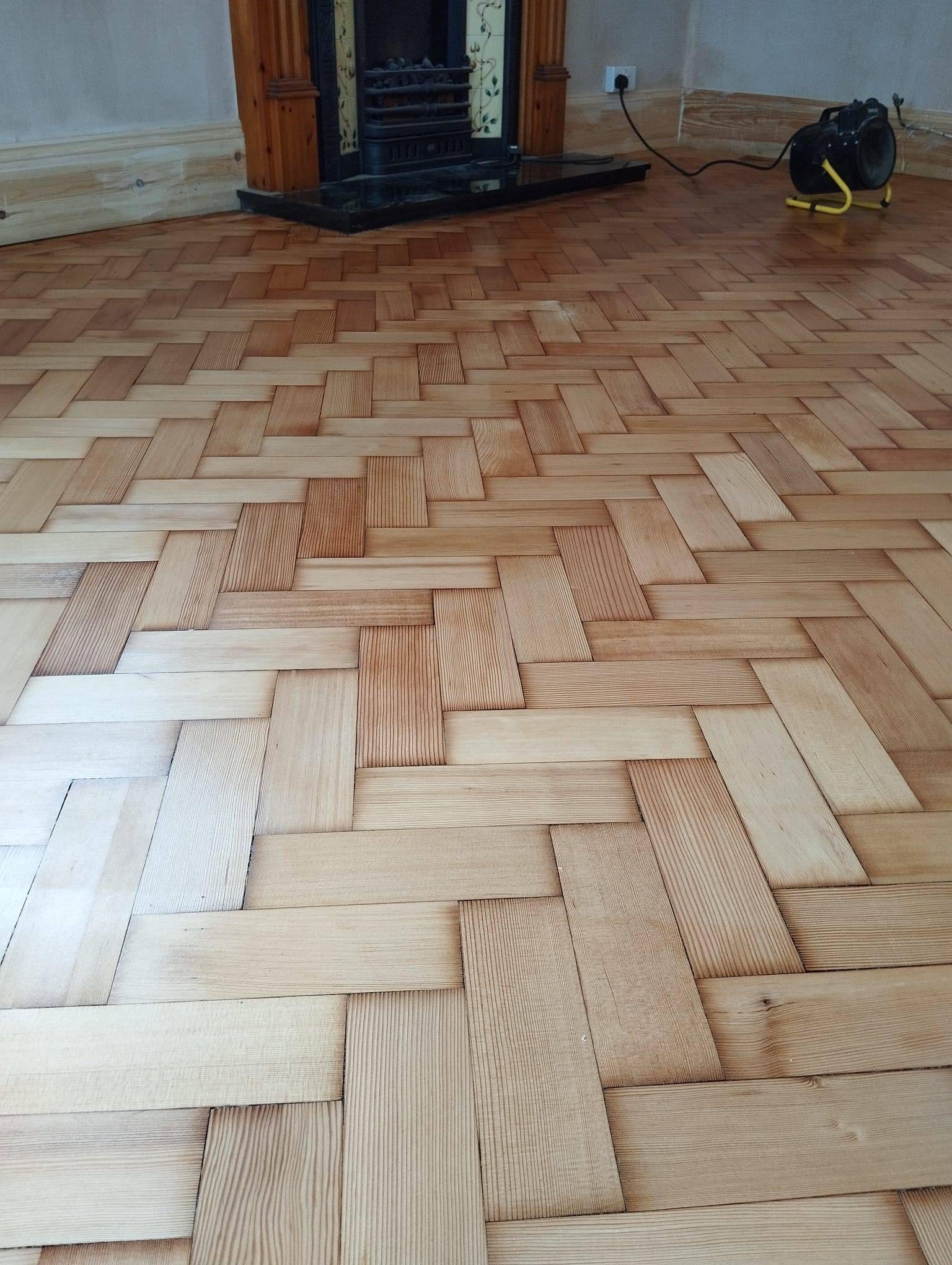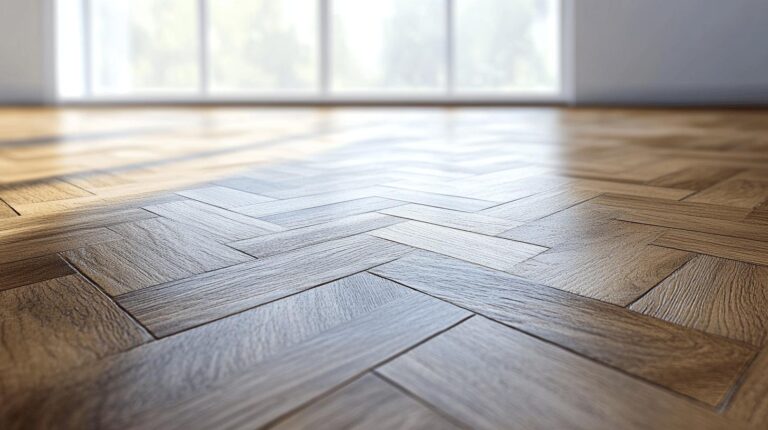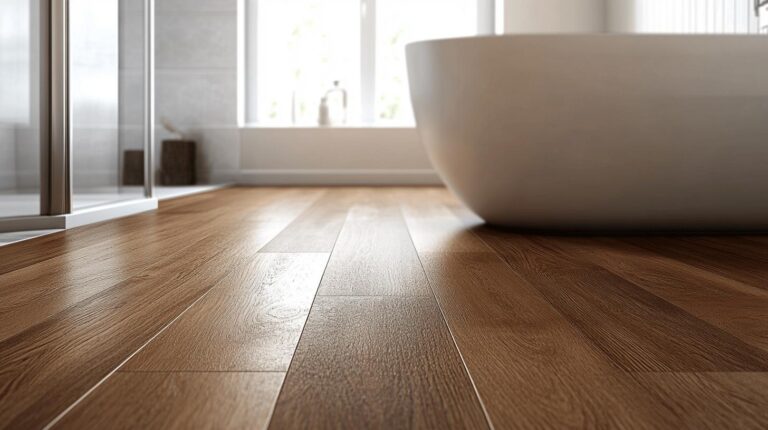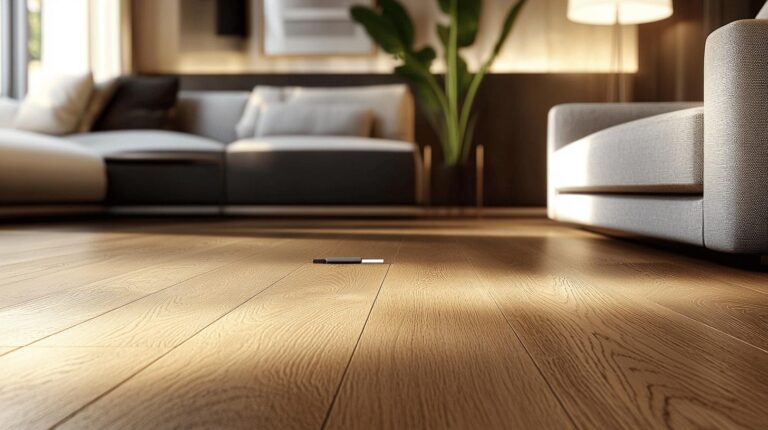Are you torn between choosing a wood finish that offers durability or one that enhances natural warmth? What if you could have both? Enter hybrid oil-poly finishes, a game-changer in the realm of wood treatments. These innovative finishes marry the rich, amber glow of oil with the robust protection of polyurethane. Not only do they showcase the wood’s inherent beauty, but they also shield it from wear and tear, offering a solution that’s both aesthetic and durable. Discover how hybrid oil-poly finishes are perfecting the harmony between warmth and resilience.
Understanding Hybrid Oil-Poly Finishes
Hybrid oil-poly finishes represent an innovative fusion of oil-based and polyurethane finishes, tailored to meet the needs of both aesthetics and protection in woodworking and furniture applications. These finishes offer the warm, amber hue characteristic of oil-based finishes, enhancing the natural beauty of the wood. Simultaneously, they incorporate the robust protective qualities of polyurethane, ideal for surfaces that need to withstand wear and tear. This blend is particularly beneficial for maintaining the wood’s appearance while providing the durability required for high-traffic areas.
The composition of hybrid oil-poly finishes enables them to highlight the wood grain effectively, offering a visually appealing result. The durability of polyurethane within these finishes ensures a strong protective layer, safeguarding against scratches, spills, and general wear. This dual capability makes hybrid finishes versatile for various applications, from domestic to commercial settings. By combining the aesthetic warmth of oil with the resilience of polyurethane, these finishes offer a balanced solution that does not compromise on either appearance or longevity.
- Combination of oil and poly
- Warm, amber hue
- Enhanced wood grain visibility
- Robust protective layer
- Versatile application
.
Benefits of Hybrid Oil-Poly Finishes
Hybrid oil-poly finishes are revered for their ability to enhance the natural aesthetics of wood. These finishes offer a warm, amber hue that is characteristic of traditional oil finishes, bringing out the rich colours and textures inherent in the wood. The enhanced wood grain visibility achieved with these finishes results in a striking appearance that highlights the unique patterns and details of each piece of timber. This aesthetic quality makes hybrid oil-poly finishes a popular choice for those seeking to maintain the natural look of wood while adding depth and character to its appearance.
In addition to their aesthetic appeal, hybrid oil-poly finishes provide exceptional durability. The inclusion of polyurethane in the blend ensures a resilient surface that can withstand daily wear and tear. This resilience is crucial for high-traffic areas, protecting against scratches, spills, and other potential damage. As a result, surfaces treated with hybrid oil-poly finishes benefit from a robust protective layer without compromising on visual appeal. The combination of both warmth and durability makes these finishes ideal for a range of applications, from residential furniture to commercial flooring.
Application Techniques for Hybrid Oil-Poly Finishes

Proper application of hybrid oil-poly finishes is crucial to achieving both the aesthetic and protective qualities these finishes are known for. Preparation is the foundation of a successful application, ensuring that the finish adheres properly and lasts longer. Neglecting the preparation stage can result in uneven application and suboptimal durability, undermining the benefits of the finish.
Cleaning and Surface Preparation
Before applying any finish, the wood surface must be meticulously cleaned and prepared. Any existing coatings, dust, or debris can hinder the adhesion of the hybrid oil-poly finish. Thorough cleaning ensures that the finish can penetrate and bond effectively with the wood, enhancing both its appearance and durability. Sanding the surface to a smooth texture is also advisable, as it allows for more even application and better finish performance.
Application Steps
- Clean the surface thoroughly.
Remove all dust and debris using a vacuum or tack cloth to ensure a pristine surface. - Use a high-quality brush or roller.
Select tools that are designed for oil and polyurethane applications to ensure even distribution. - Apply the first coat evenly.
Work in long, smooth strokes to cover the wood uniformly, avoiding any drips or pooling. - Allow each coat to dry before applying the next.
Follow the manufacturer’s suggested drying time to ensure each layer cures properly, which is critical for durability. - Finish with a light sanding for smoothness.
Lightly sand between coats with fine-grit sandpaper to remove any imperfections and prepare for the next layer.
Implementing these techniques will result in a seamless finish that combines the natural warmth of oil with the robust durability of polyurethane. Proper application not only enhances the wood’s beauty but also extends the life of the finish, providing long-lasting protection and aesthetic appeal.
.
Maintenance Tips for Longevity
To ensure the longevity of hybrid oil-poly finishes, it is essential to follow a consistent maintenance routine. Regular care helps preserve both the aesthetic appeal and protective properties of these finishes. Begin by cleaning surfaces with a mild cleaner to remove dirt and dust, preventing dulling and abrasion. Address minor damages like scratches or dents promptly to maintain the finish’s integrity and appearance.
- Regular cleaning with mild cleaner
- Use of touch-up kits for scratches
- Light sanding for dents
- Reapplication as necessary
.
Compared to other finishes, hybrid oil-poly finishes strike a balance between ease of maintenance and durability. While oil finishes may require frequent reapplications to maintain their appearance, and polyurethane finishes might demand more intensive repairs, hybrid oil-poly finishes offer a middle ground. Their maintenance routine is straightforward but effective, ensuring that the finish remains vibrant and resilient over time, making them an excellent choice for both residential and commercial settings.
Comparing Hybrid Oil-Poly Finishes to Other Finishes
Hybrid oil-poly finishes embody a unique blend that marries the aesthetic charm of oil-based finishes with the robust durability of polyurethane. This duality provides a middle ground for those seeking both visual appeal and long-lasting protection. While traditional oil finishes are renowned for their warmth and ability to enhance wood grain, they often lack the resilience needed for high-traffic areas. Conversely, polyurethane finishes boast superior durability, resisting wear and tear but sometimes sacrificing the natural appearance of the wood. The hybrid oil-poly finish offers an innovative solution, balancing these elements to meet diverse needs and preferences.
Comparing Appearance
Hybrid oil-poly finishes excel in maintaining the wood’s natural beauty, providing a polished and warm amber hue typical of oil finishes. This finish enhances the wood grain’s visibility, ensuring that the intricate patterns and textures of the wood are highlighted. While oil finishes are solely focused on bringing out the wood’s warmth and character, polyurethane may sometimes obscure these details with its thicker application. Hybrid finishes, however, allow for a refined and sophisticated look, ideal for those who desire both aesthetic appeal and a contemporary finish.
Comparing Durability
In terms of durability, hybrid oil-poly finishes strike a harmonious balance between the flexibility of oil and the robustness of polyurethane. Pure oil finishes, while visually appealing, often require frequent maintenance and are susceptible to scratches and stains. Polyurethane, on the other hand, offers a resilient and protective layer that withstands heavy use but can be challenging to repair. Hybrid finishes incorporate the strength of polyurethane, offering resistance to daily wear while maintaining the flexibility and ease of repair found in oil finishes. This makes them particularly suitable for environments where both appearance and durability are critical.
This comparative analysis underscores the versatile nature of hybrid oil-poly finishes, positioning them as a modern innovation that aligns with industry standards while catering to both residential and commercial applications.
Final Words
Hybrid oil-poly finishes stand out, blending the aesthetic of oil with the robustness of polyurethane. Ideal for furniture and surfaces needing both style and protection, this finish enhances wood’s natural beauty with a warm, amber hue.
Durability meets warmth, making these finishes a preferred choice for those valuing both resilience and a welcoming look. With proper application and maintenance, their longevity surpasses many counterparts.
Choosing hybrid oil-poly finishes ensures lasting appeal and protection, fulfilling homeowners’ desires for practicality and aesthetic charm.
Upgrade to hybrid finish → Wood Floor Sealing
FAQ
How durable is a polyurethane finish?
A polyurethane finish provides exceptional durability. It forms a robust protective layer that guards surfaces against wear, scratches, and heat, making it ideal for high-use furniture and flooring applications.
Does polyurethane protect from heat?
Polyurethane offers moderate heat resistance, protecting surfaces from heat-related damage. However, prolonged exposure to high temperatures can still cause discolouration or damage, so using heat-resistant pads or coasters is recommended.
What is the downside of oil-based polyurethane?
The primary downside of oil-based polyurethane is its longer drying time and strong odour during application. Moreover, it can yellow over time, altering the appearance of lighter-coloured woods.
How long does oil-based polyurethane last?
Oil-based polyurethane can last a significant amount of time, typically up to 10 years, depending on the level of wear and proper maintenance, providing long-lasting protection and enhancing wood’s natural beauty.
How do hybrid oil-poly finishes compare to oil-based and water-based polyurethane?
Hybrid oil-poly finishes combine the warmth of oil with the durability of polyurethane, offering enhanced wood grain visibility and a rich amber hue. They balance the aesthetic appeal of oil finishes with the protective strength of polyurethane.



